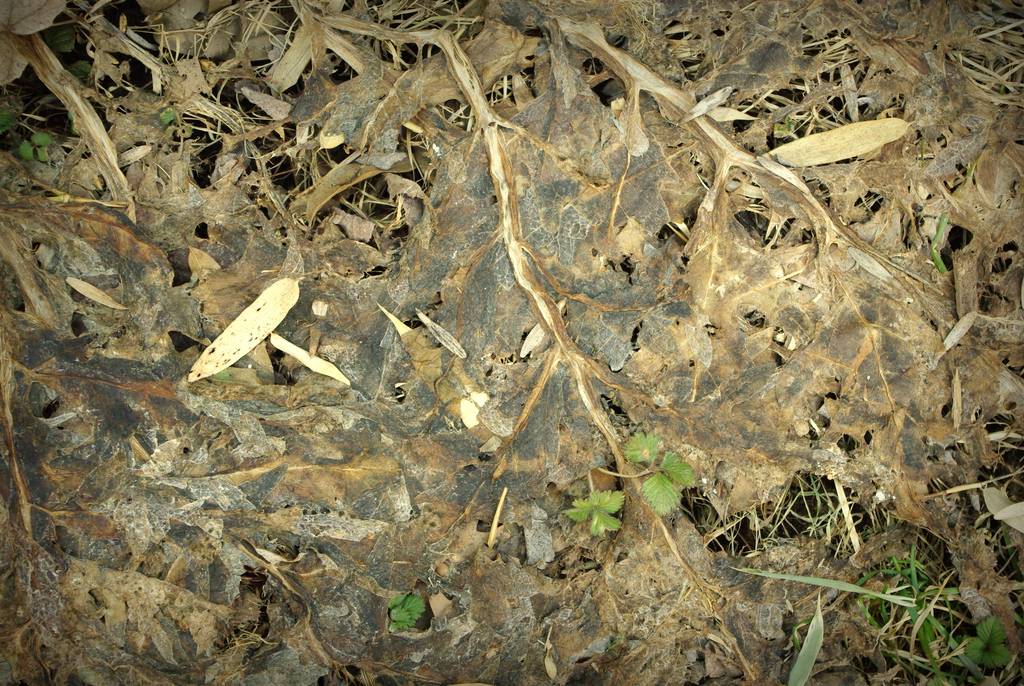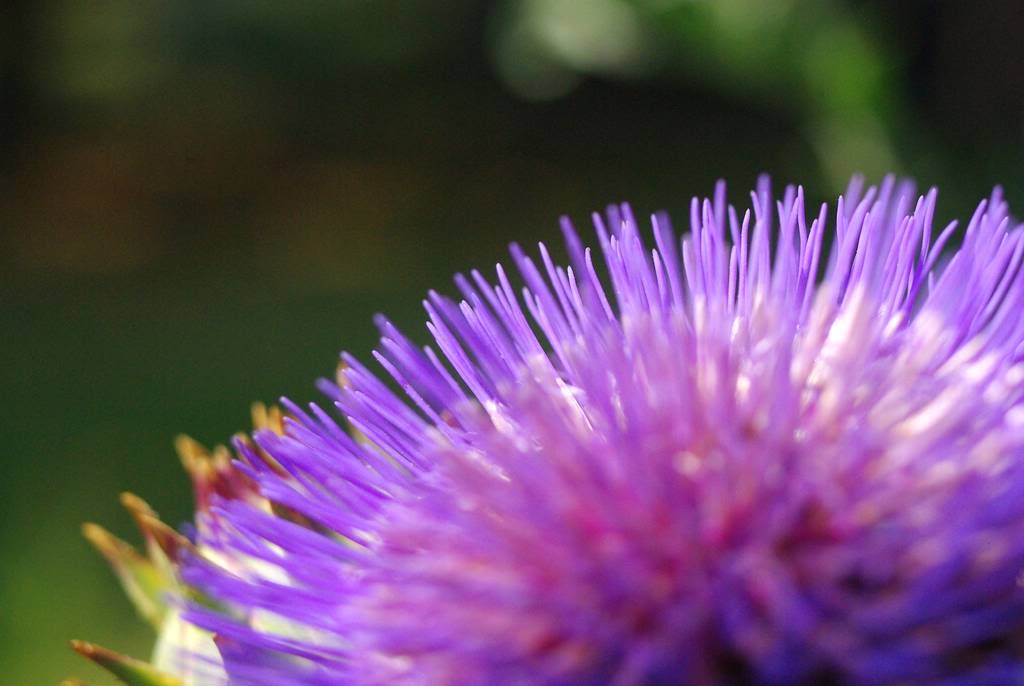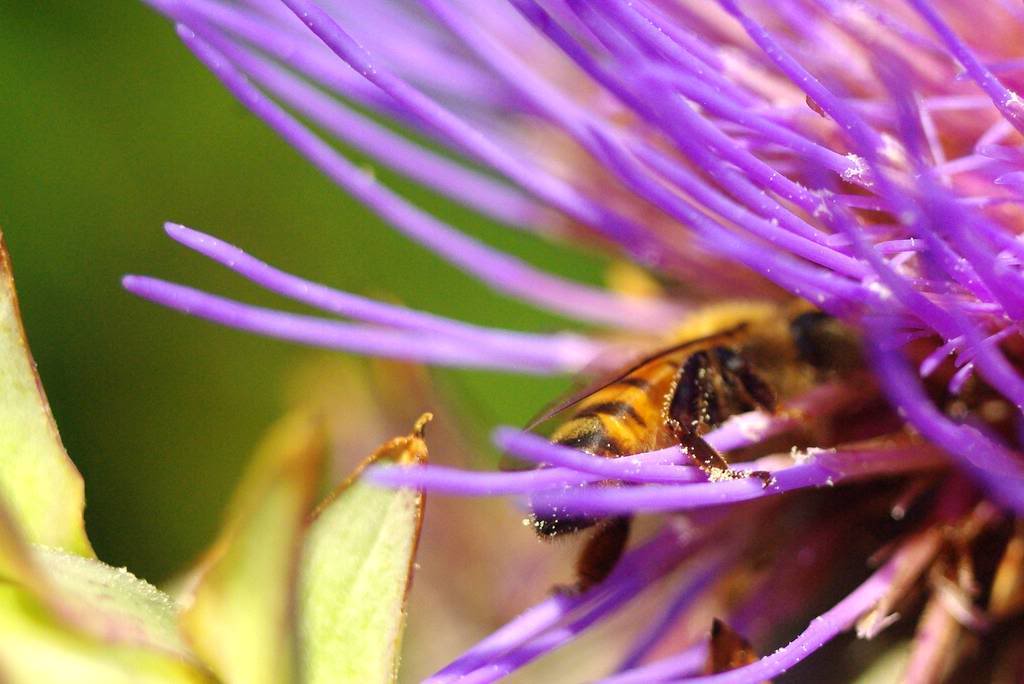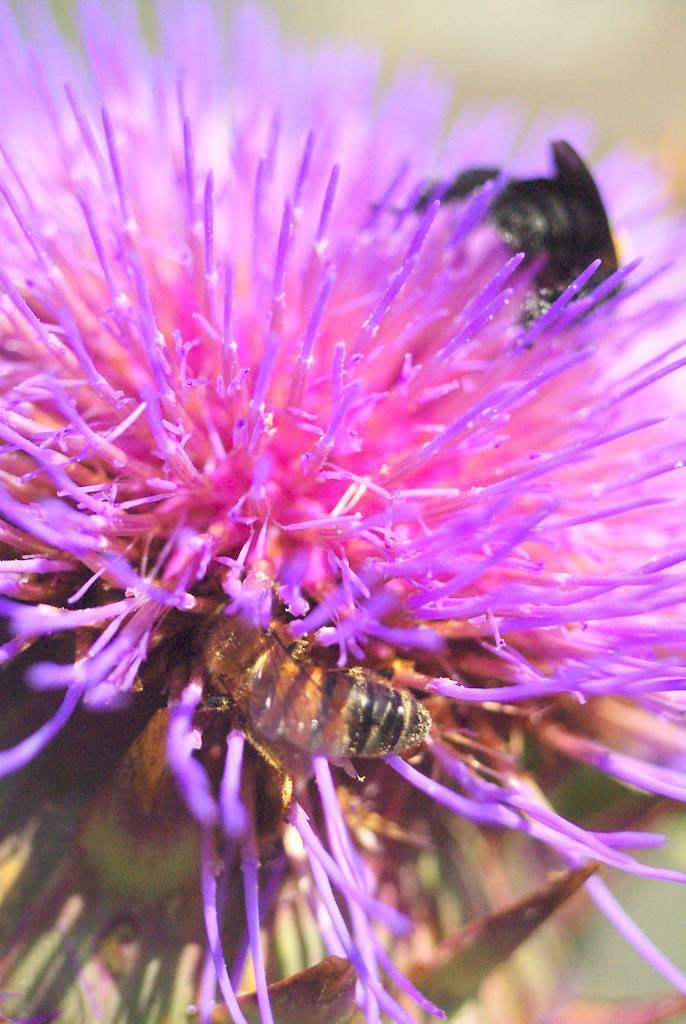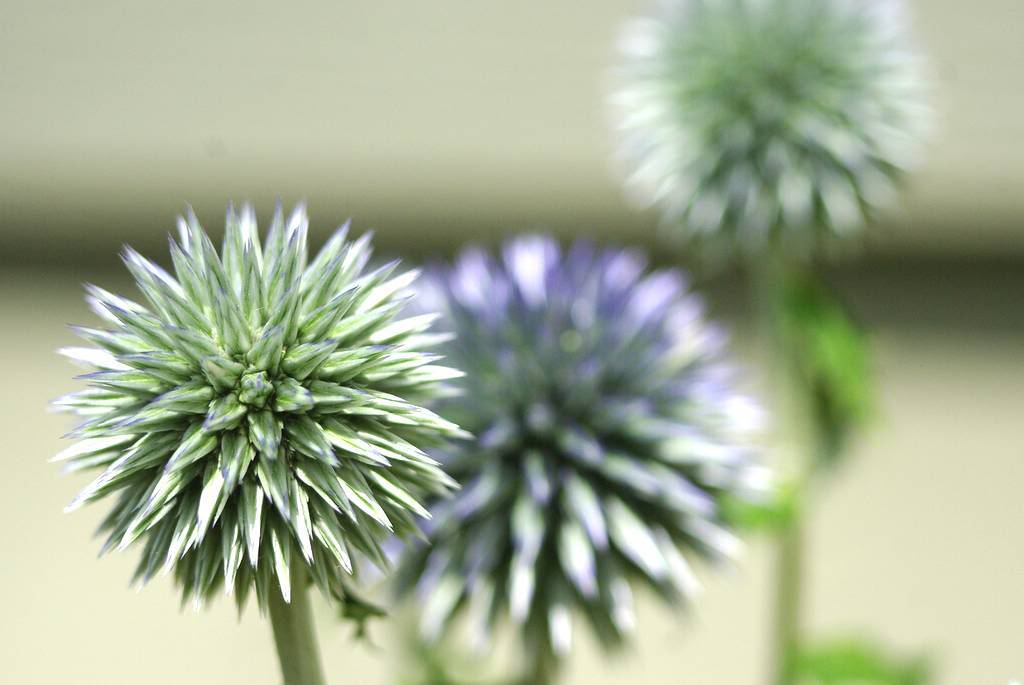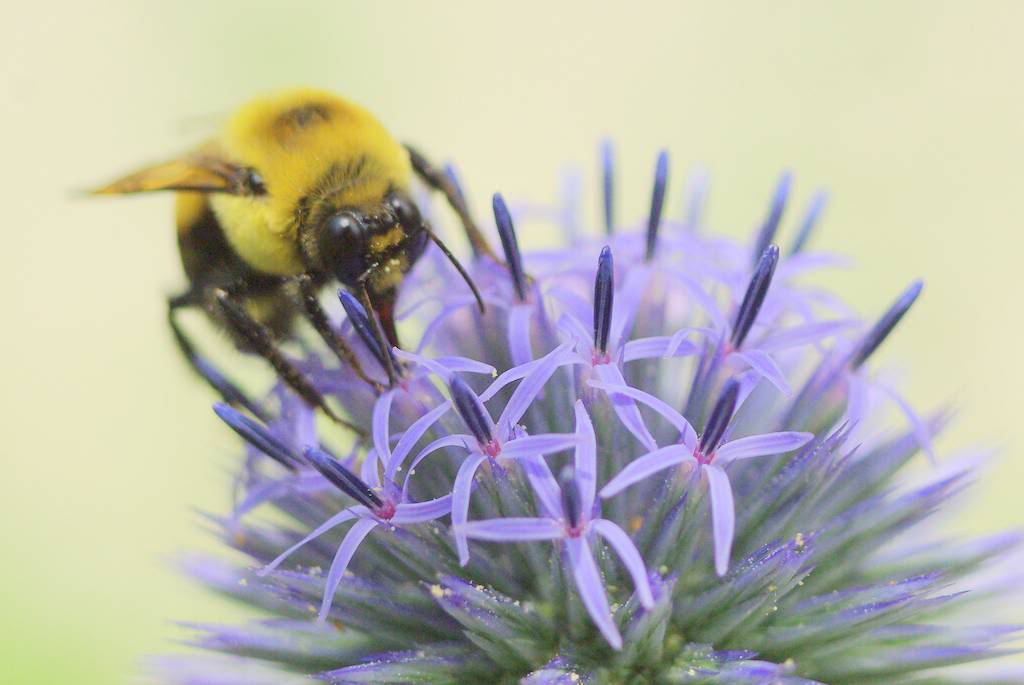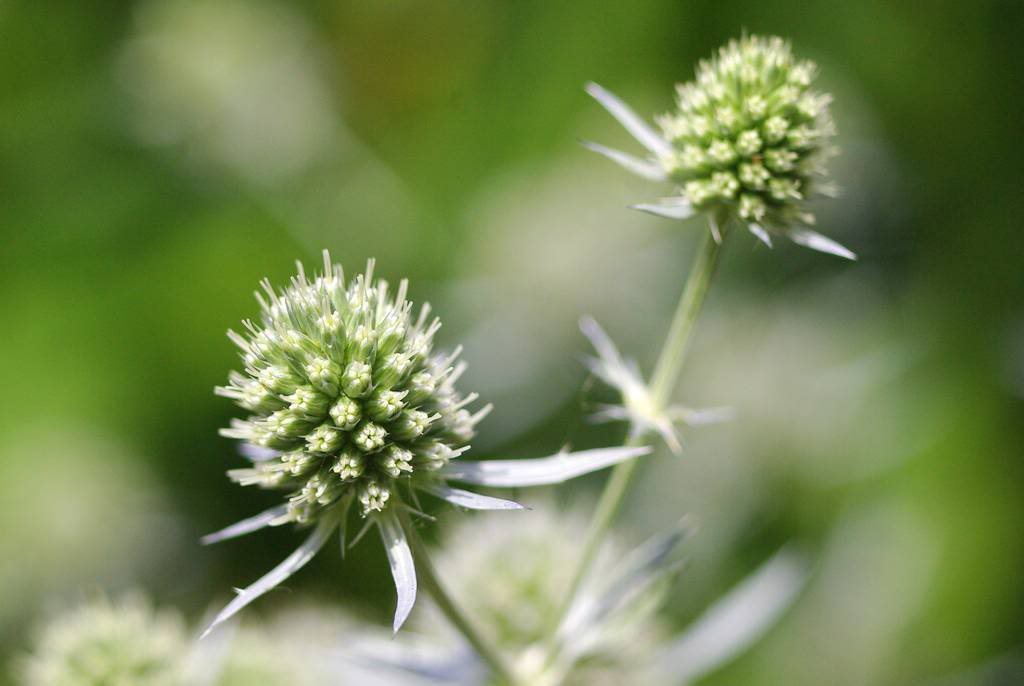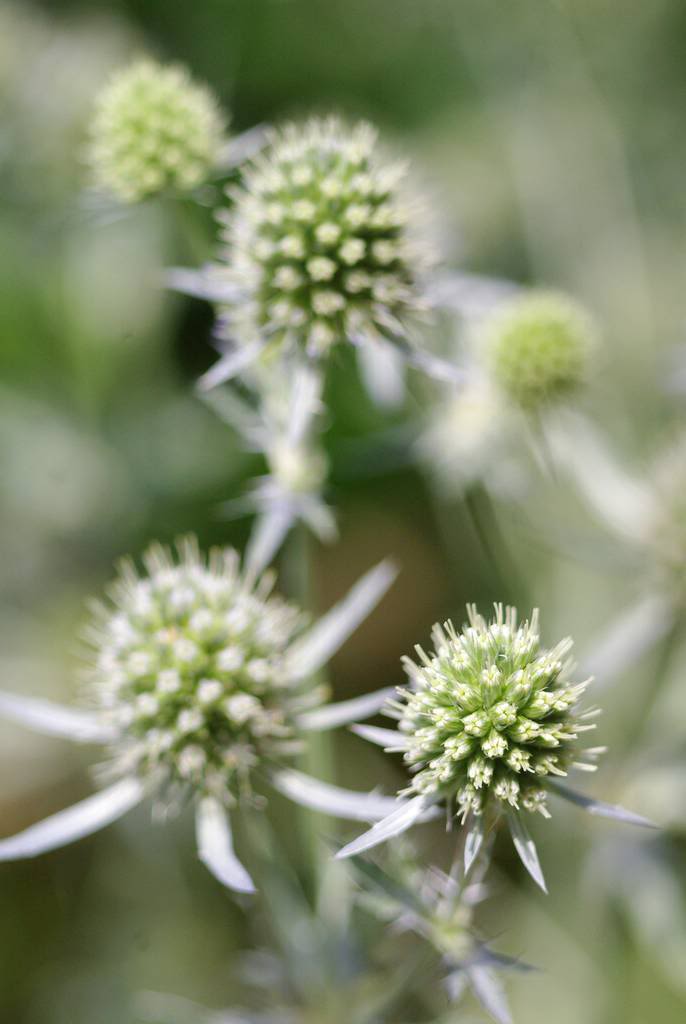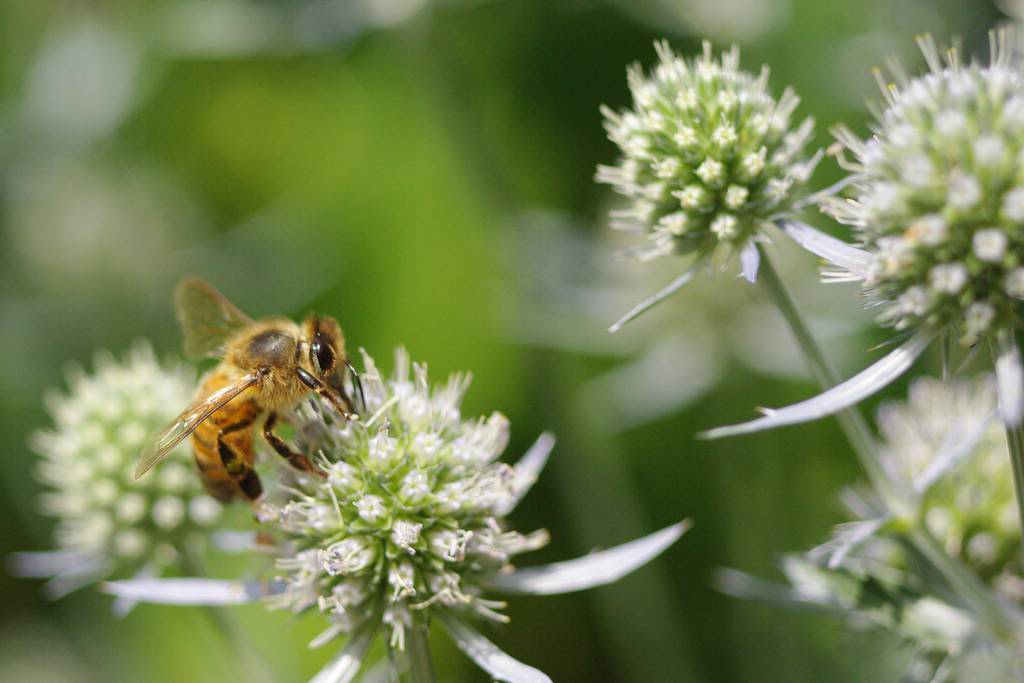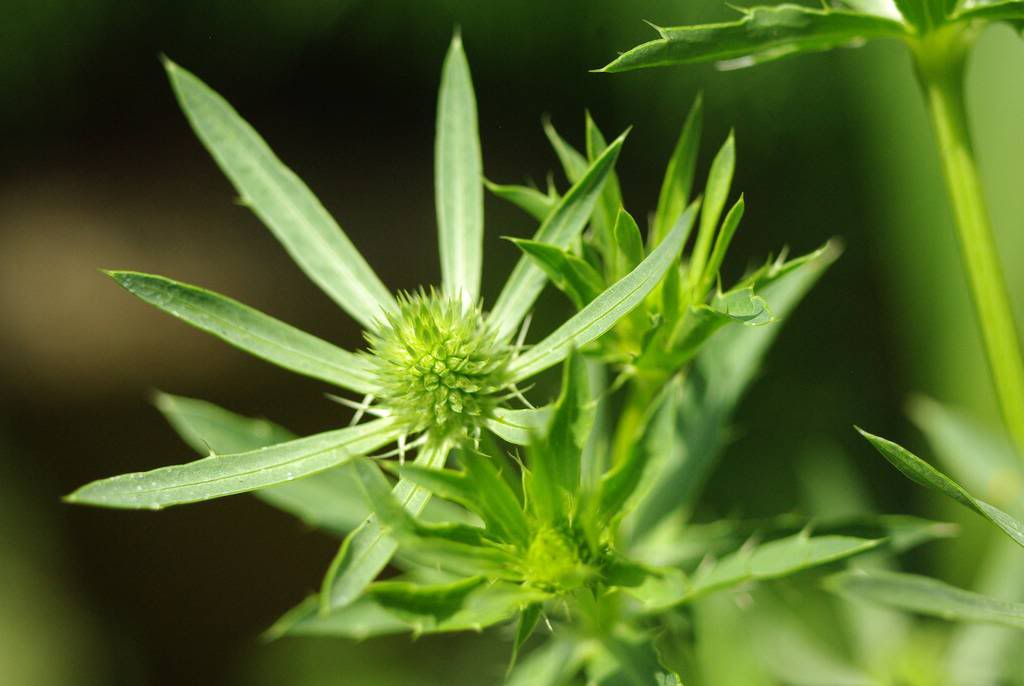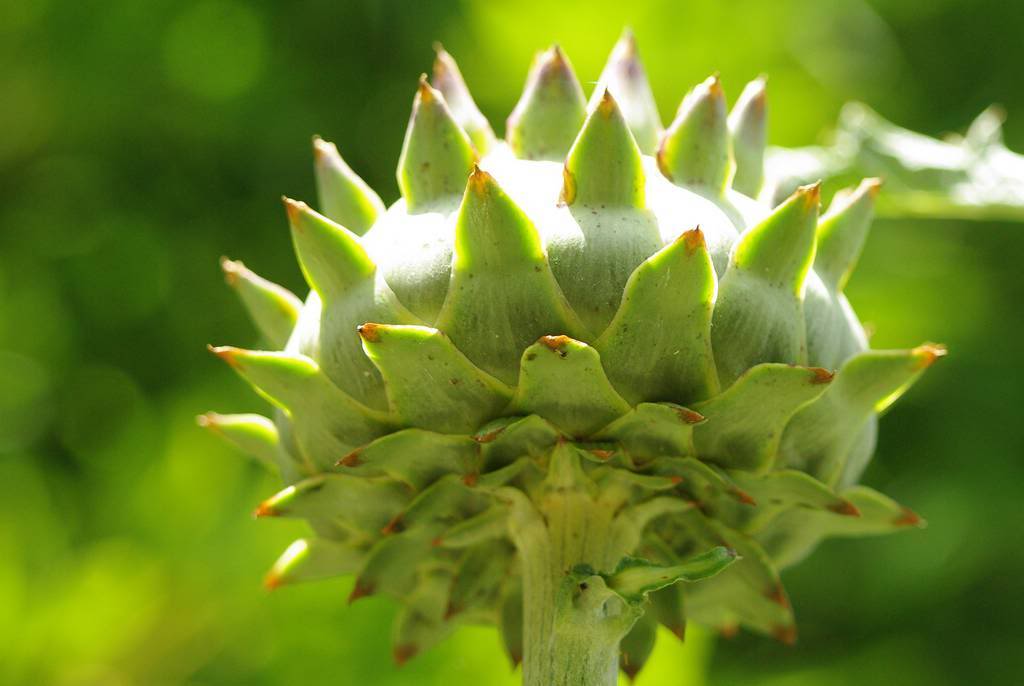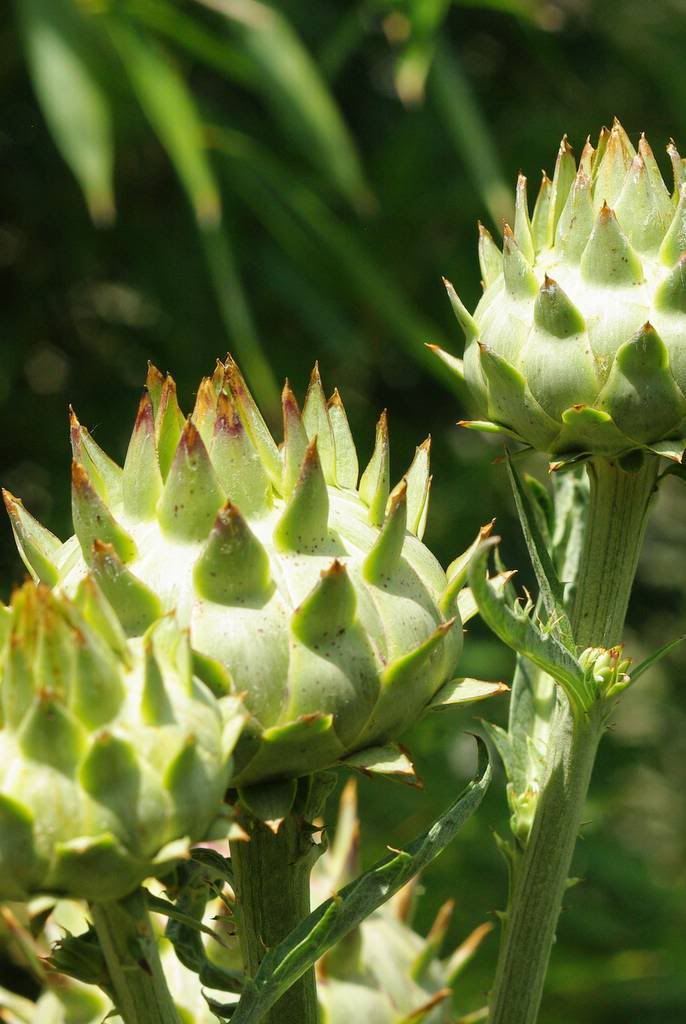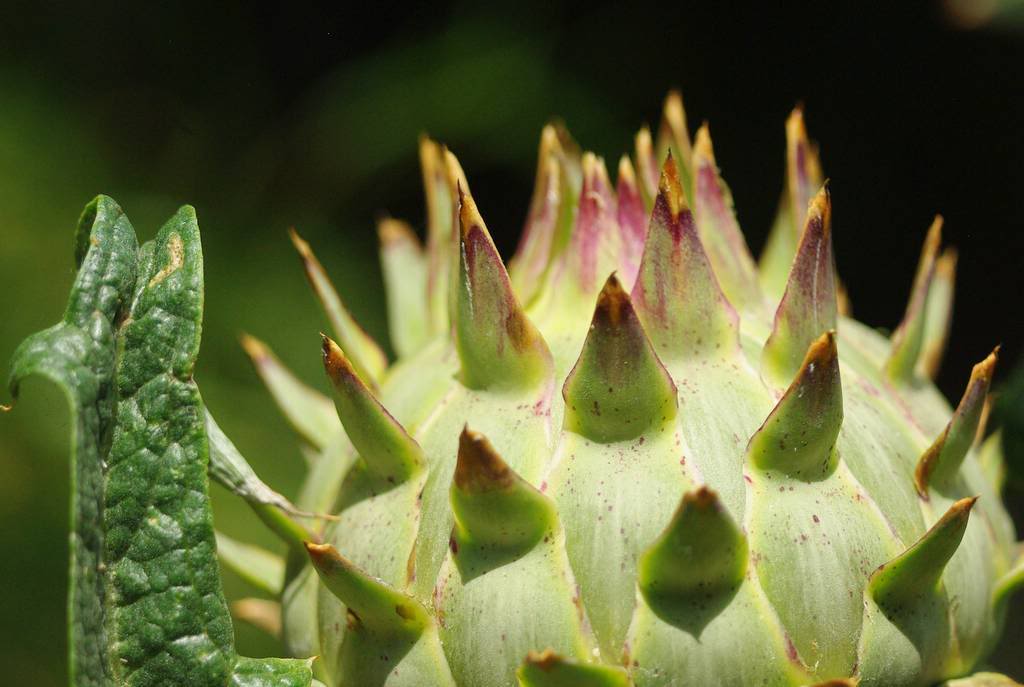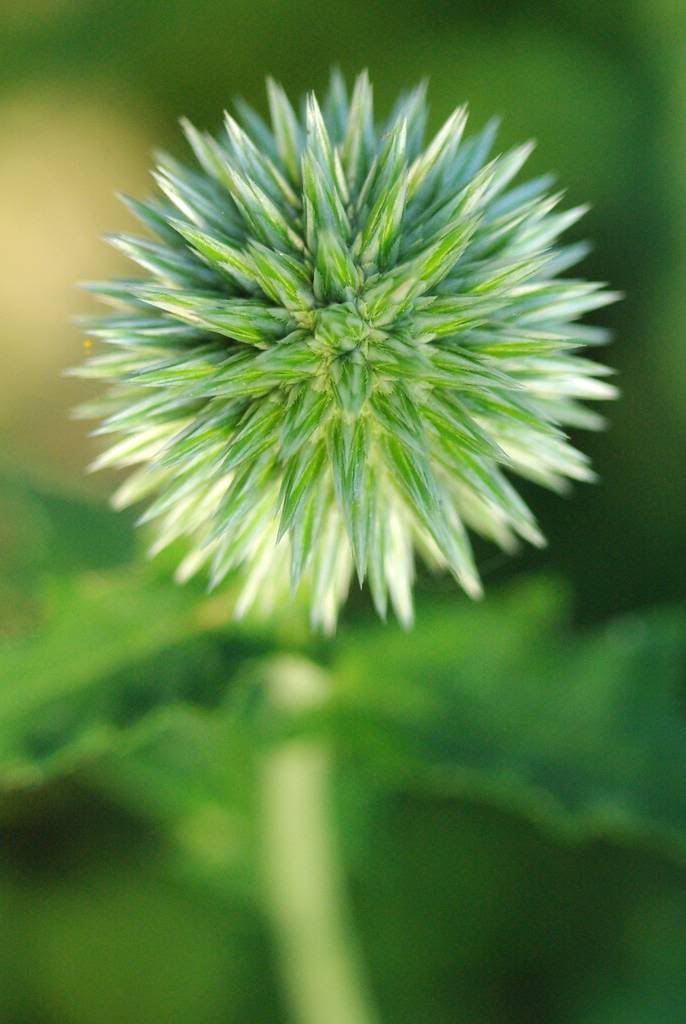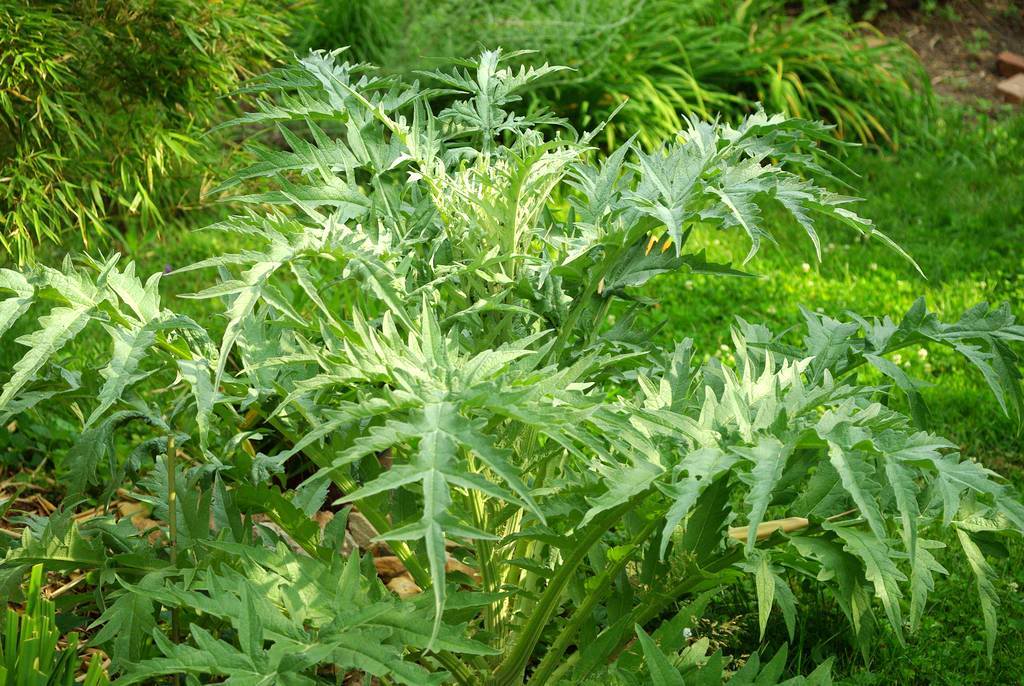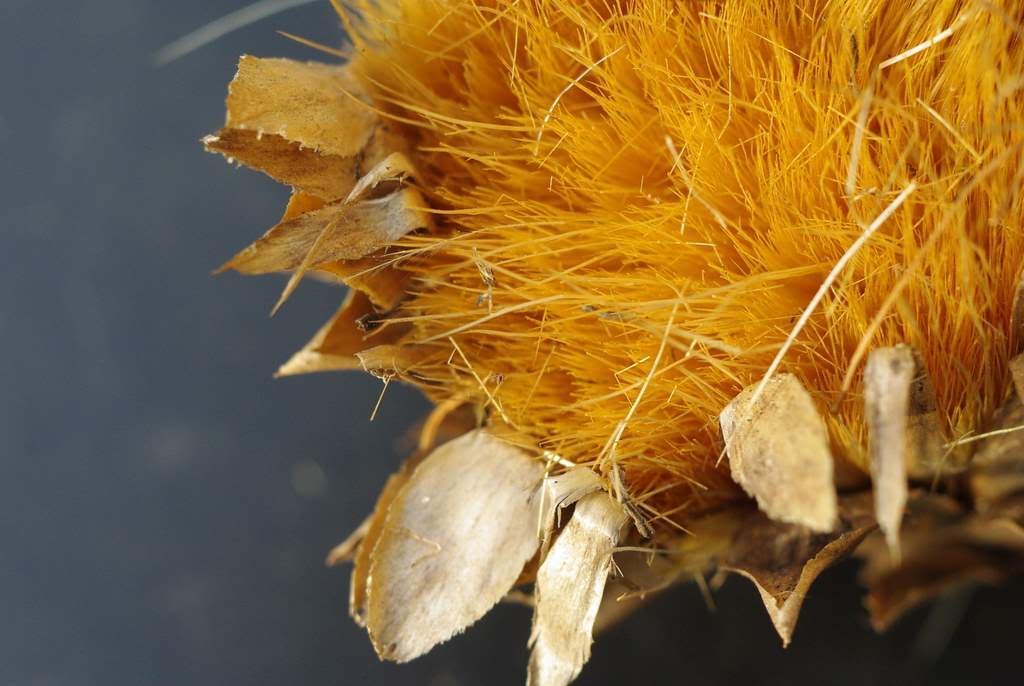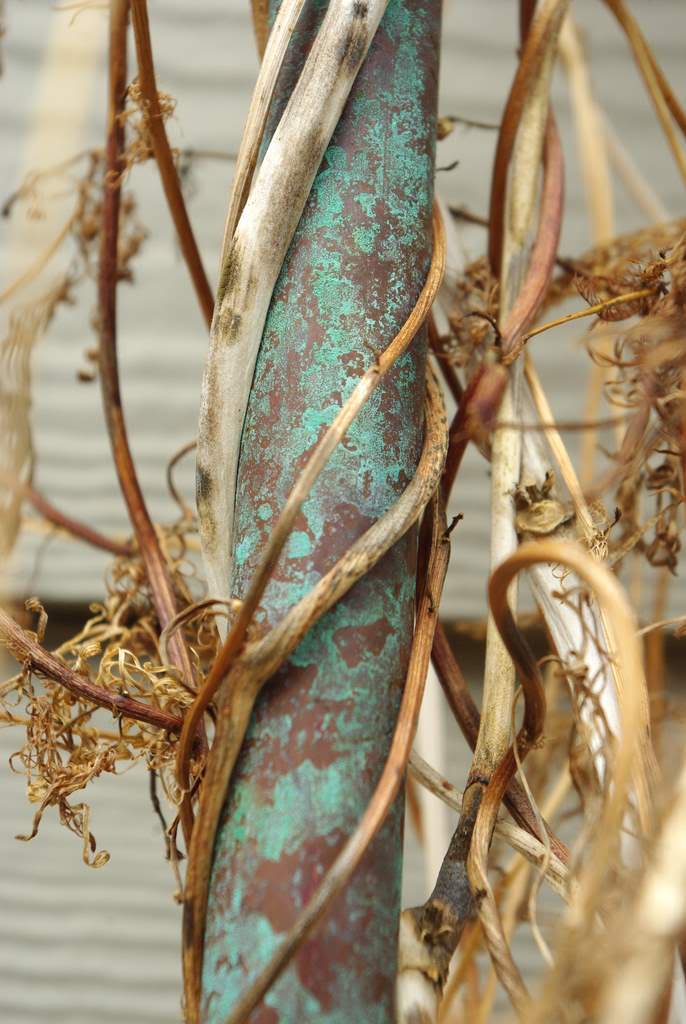There are a trio of spiky blooms in my garden this year. Usually it's just a pair of them, but this year there's a third.
Here's a quick look at them.
***
The undisputed champ of spikiness in my garden each year is Echinops, or blue globe thistle.
It reseeds readily and I've let it spread a bit more than I should have, so I've got plenty of these blooms now.
The bees really appreciate it though, as it's the center of apiarian activity for the next few weeks.
Eryngium planum is another of the spiky ones:
This one has reseeded too, which is lucky for them (and for me) as I pulled out the original plants a couple of years ago.
The bees may enjoy these blooms, but bees apparently don't care if flowers smell like cat poop. These are only still in my garden because they're not in a spot where you can easily step up and take a whiff.
Worst. Scent. Ever.
Still, so beautiful that I can't pull them all out.
And finally the appearing-once-in-a-while spiky blooms of cardoon:
This one does not reliably overwinter in St. Louis, but our mild winter ensured that I would have these huge thistle-like blooms this year.
When I took these photos the blooms were not open yet, but now they are. So expect another cardoon post sometime soon.
I just remembered that I have one more spiky bloomed plant that I didn't photograph: Rattlesnake master, or Eryngium yuccifolium. My large plant did not come back this spring, but I picked up a couple of small seedlings that I tucked into the prairie beds and forgot about.
So spiky flowers are a big part of my garden every summer.
How about yours?
(If you've been wondering why my posts have been relatively short recently, I've been writing these posts in the morning, and have been rushing in order to get outside and water my potted plants before the temperature goes from "it's too hot" to "I will cook your plants").
.
Read more...
